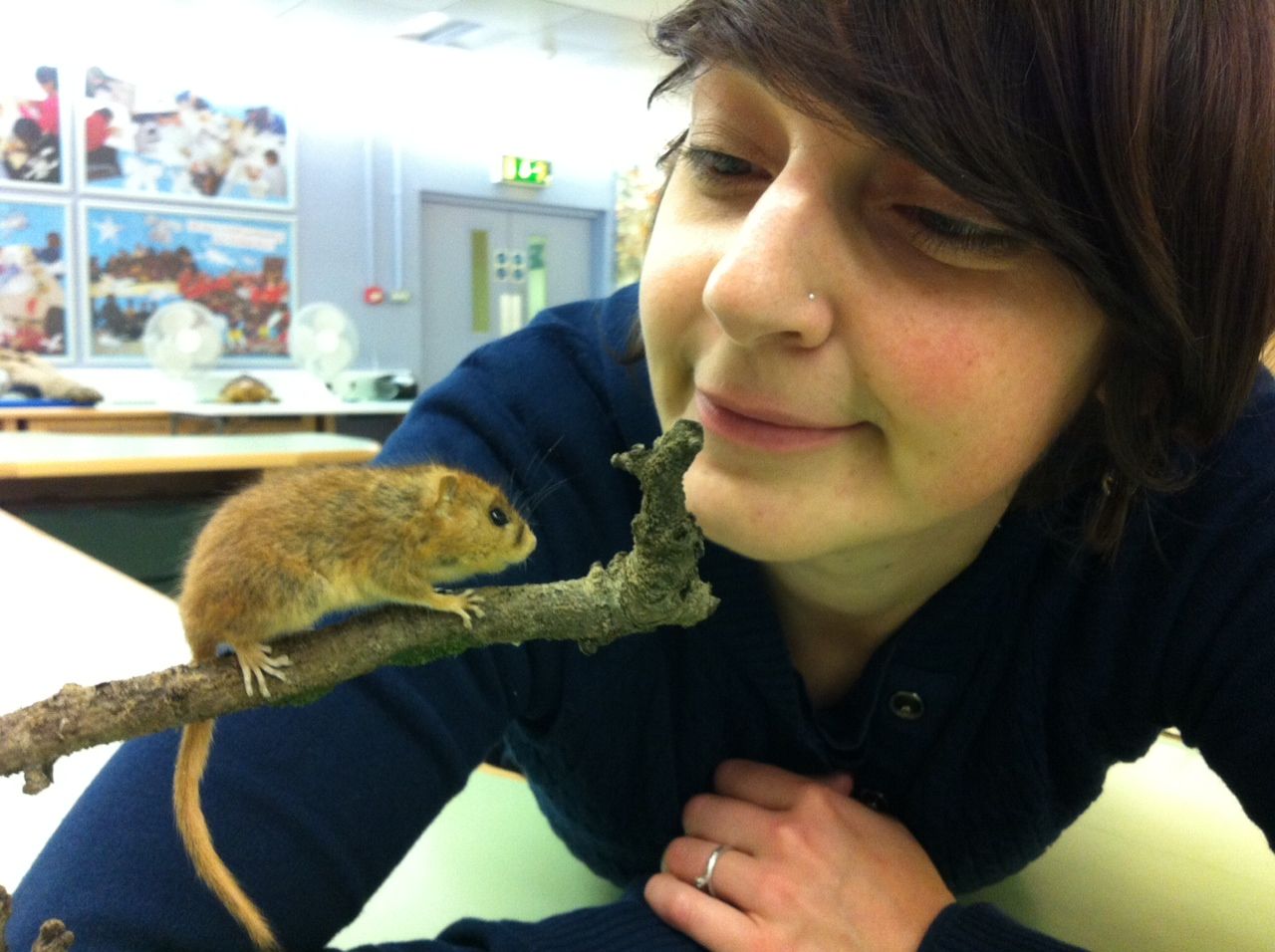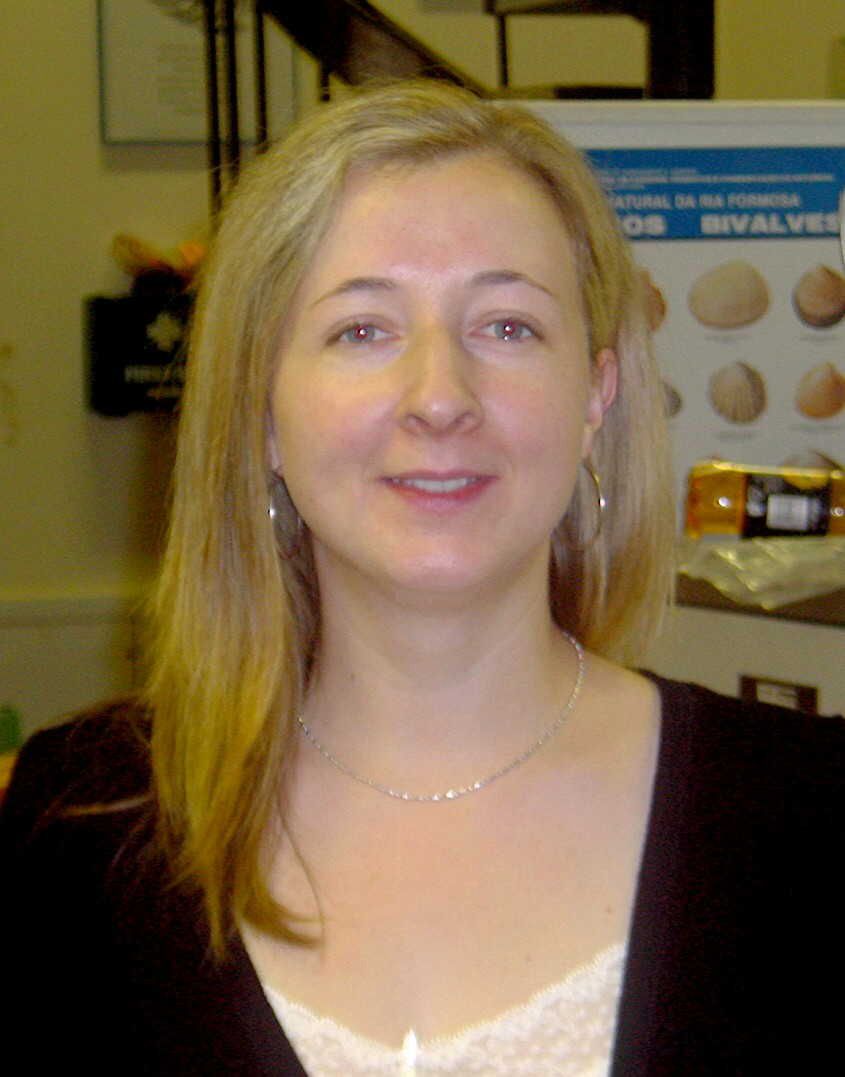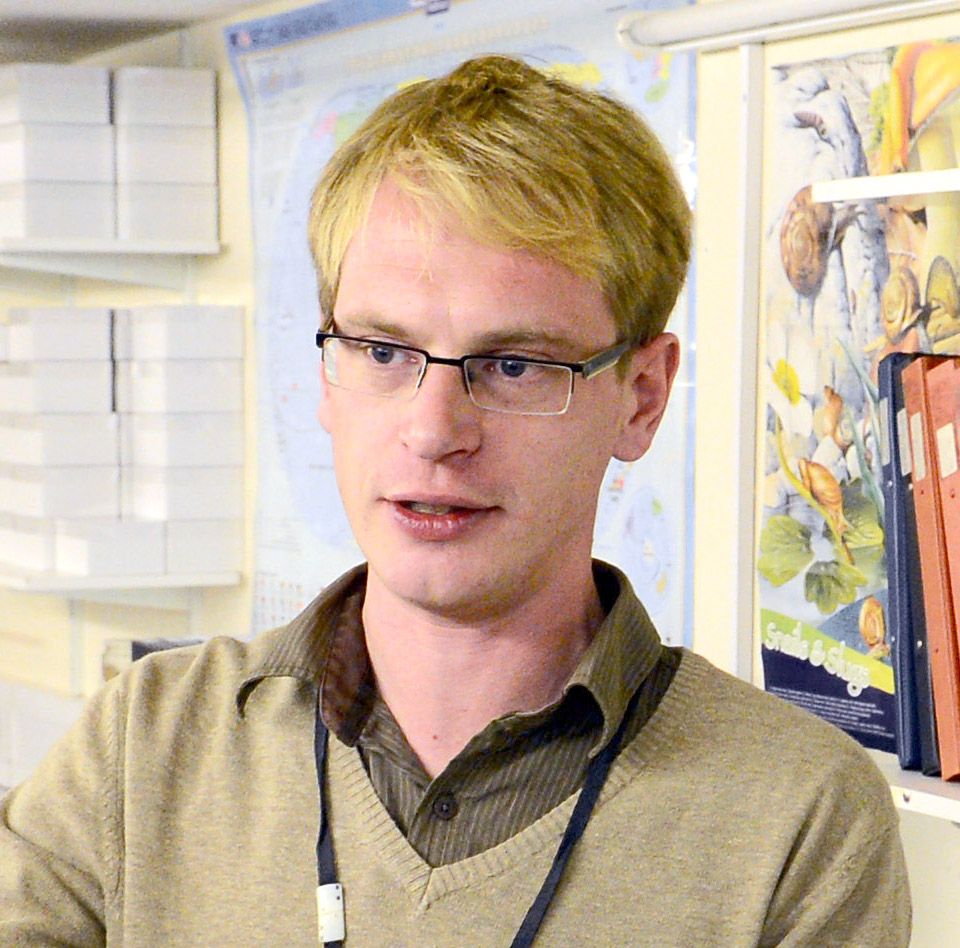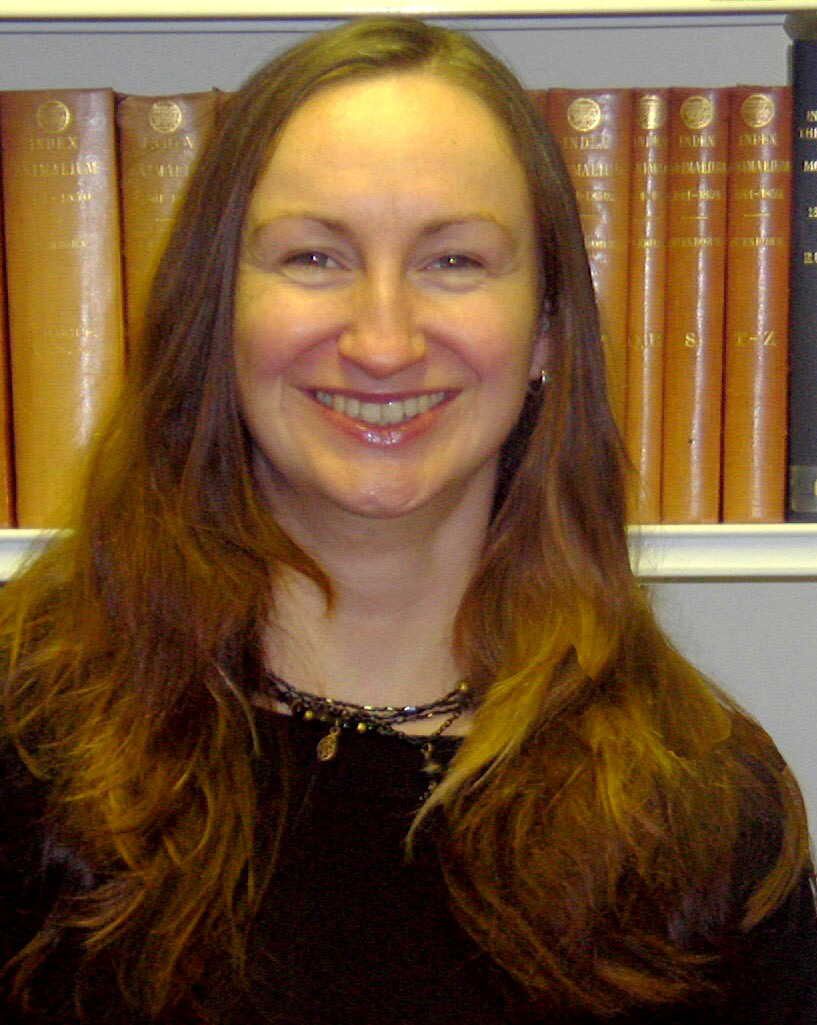Mollusca
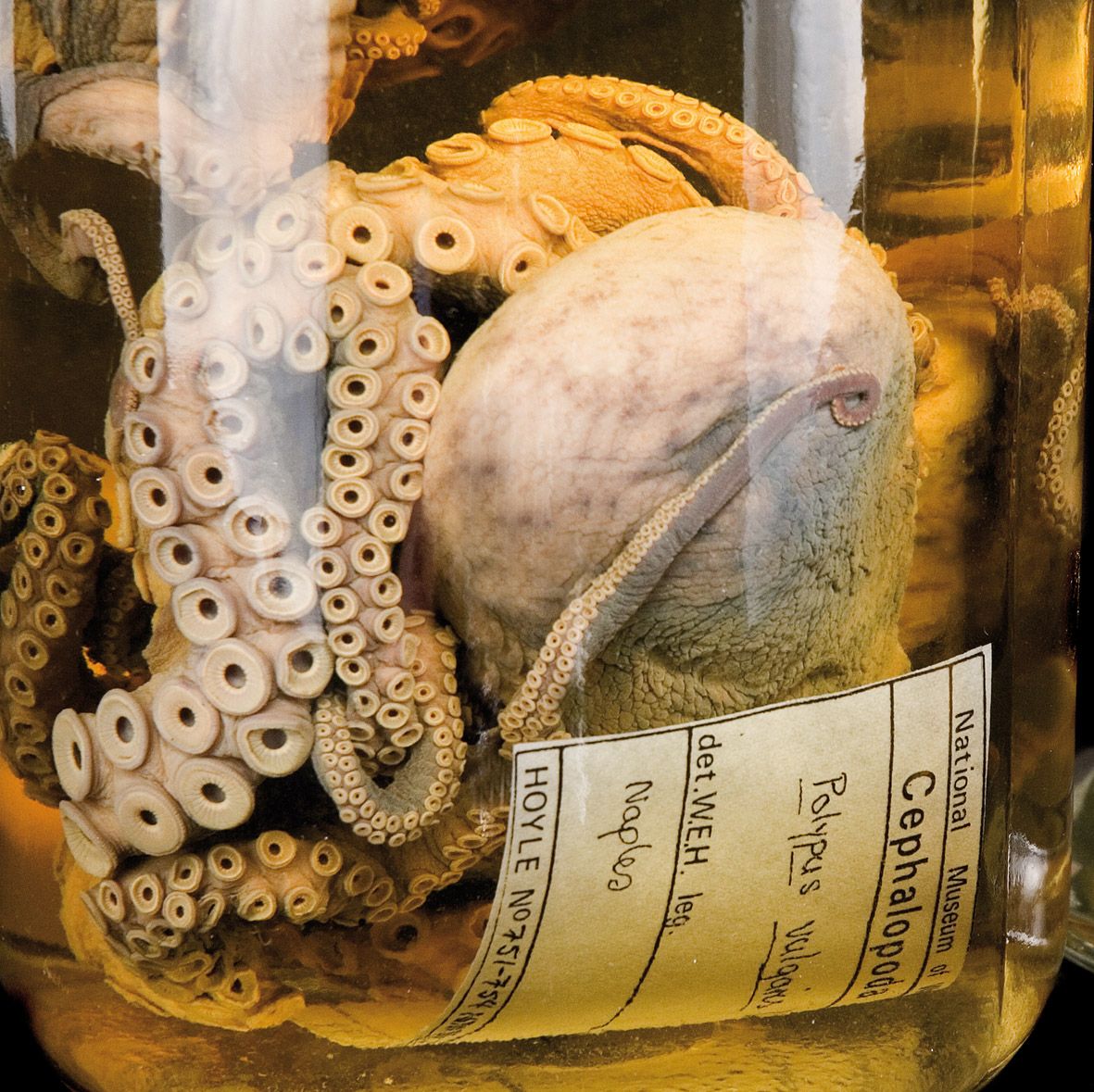
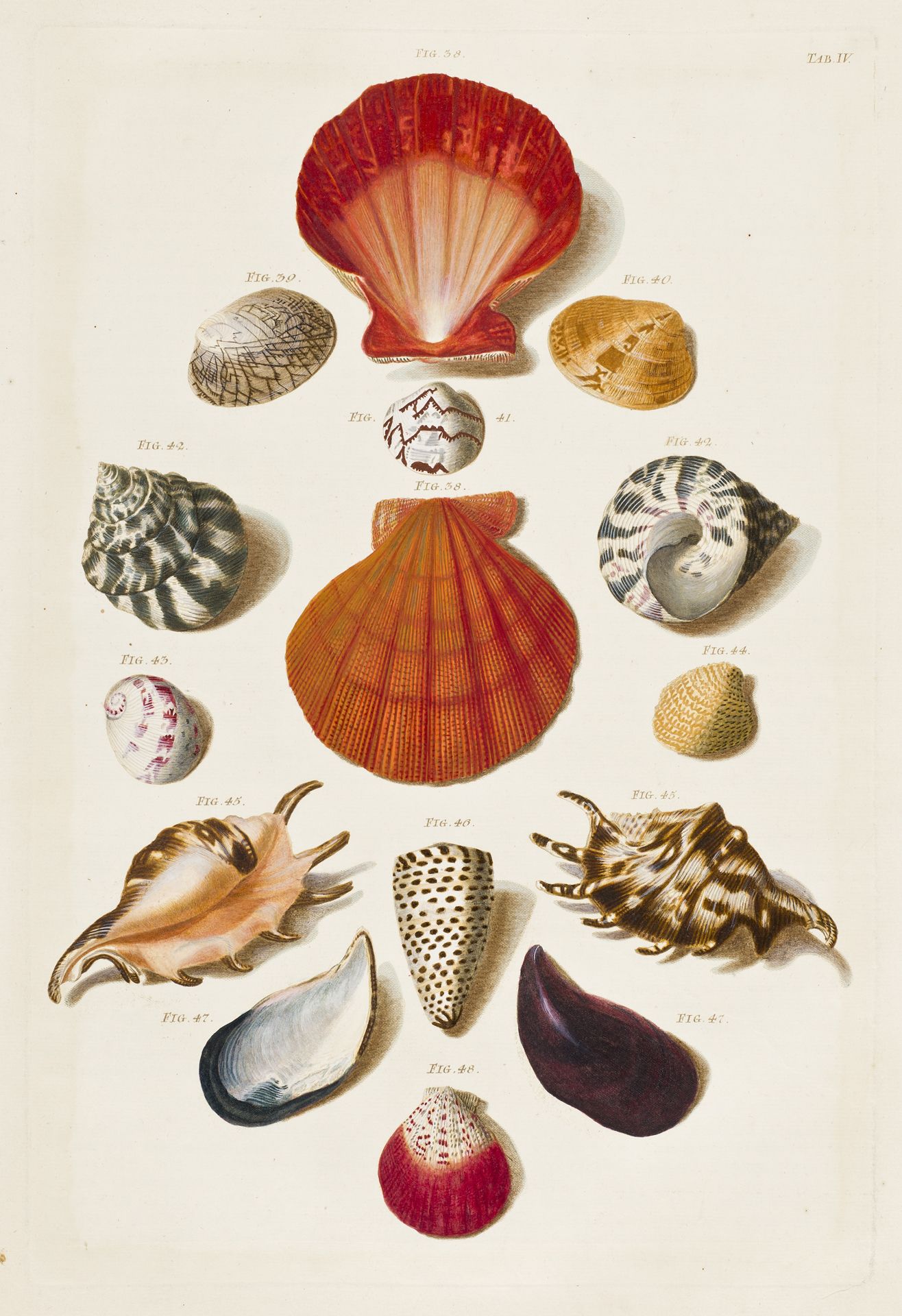
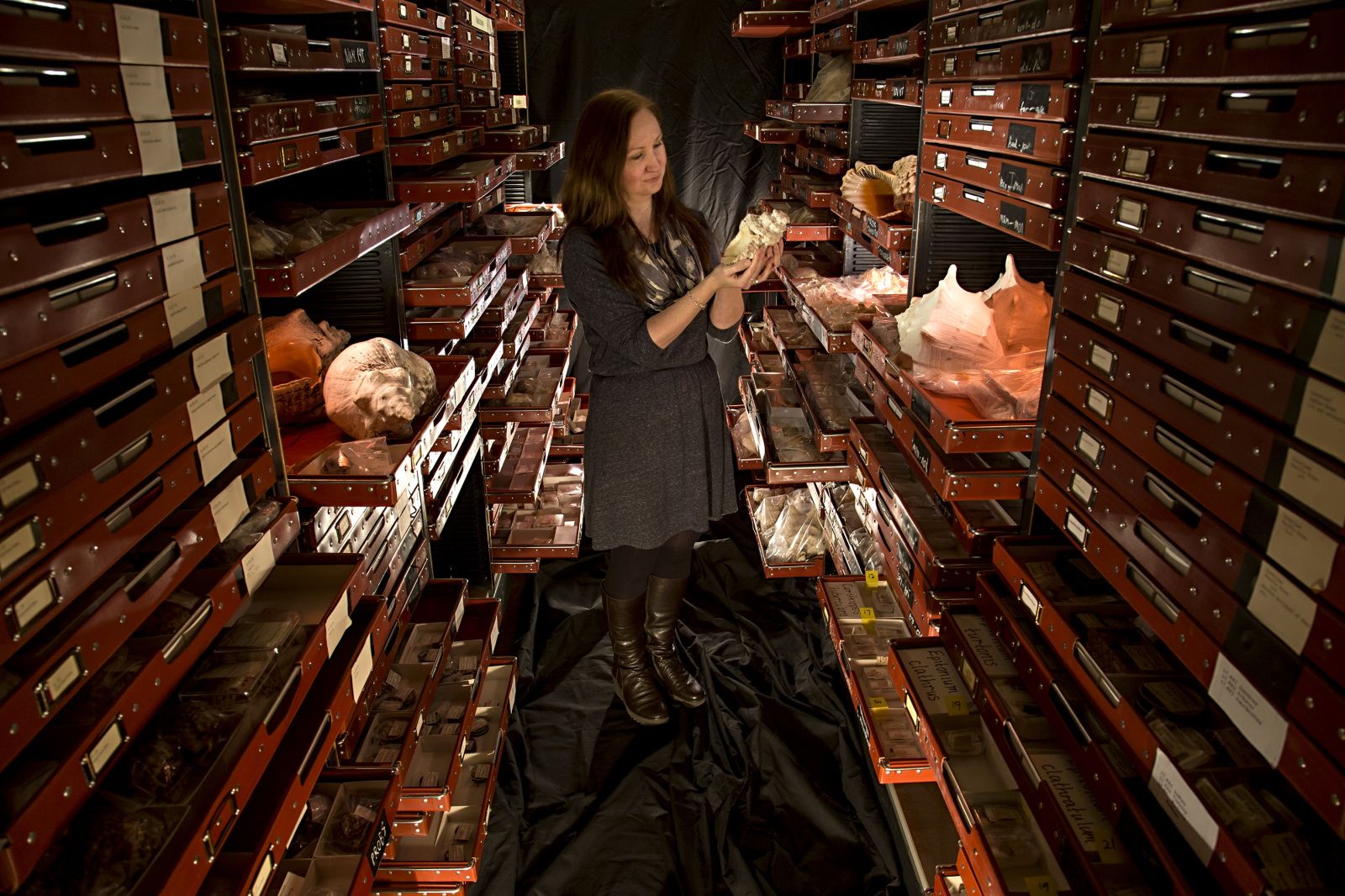
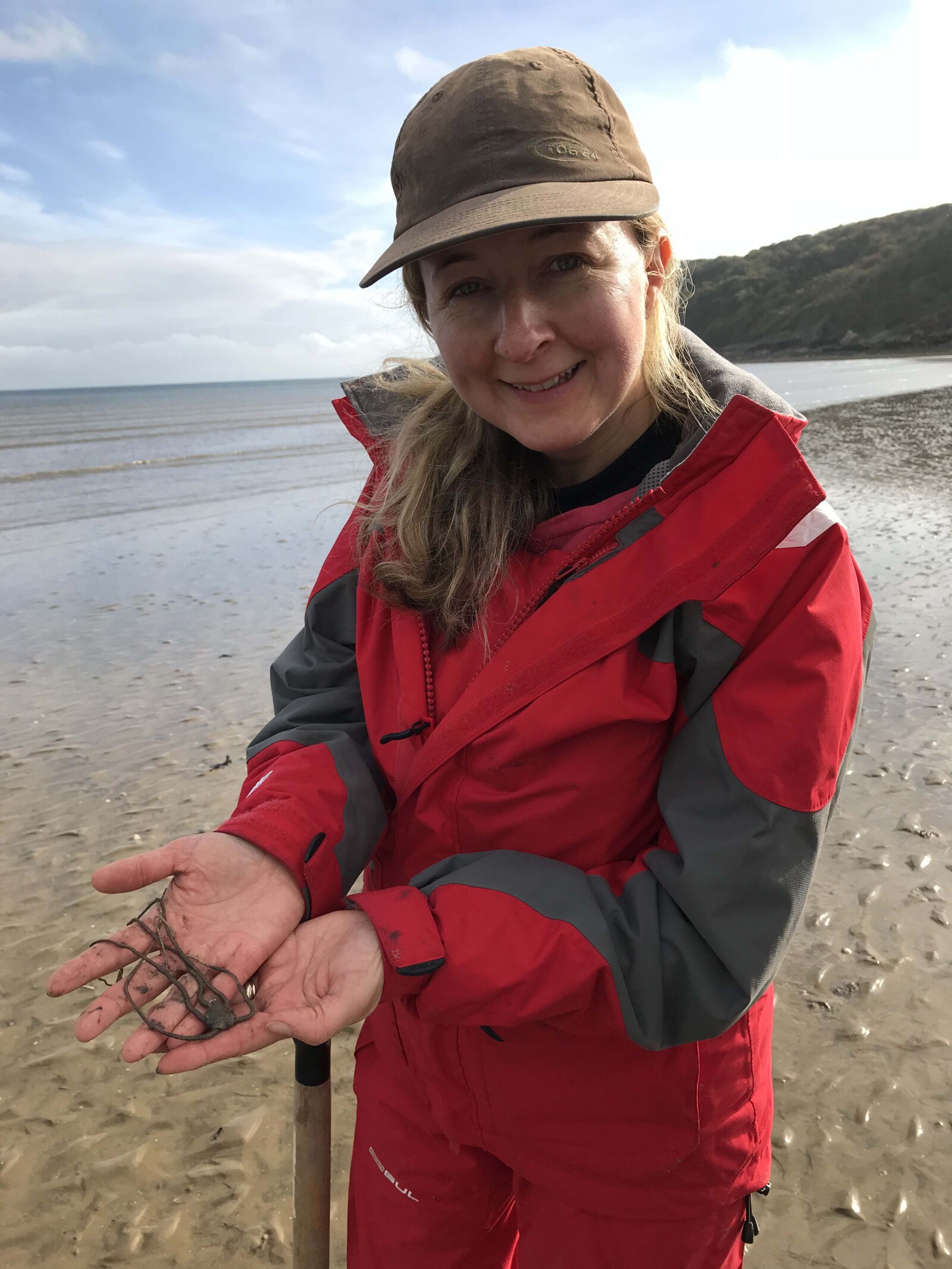
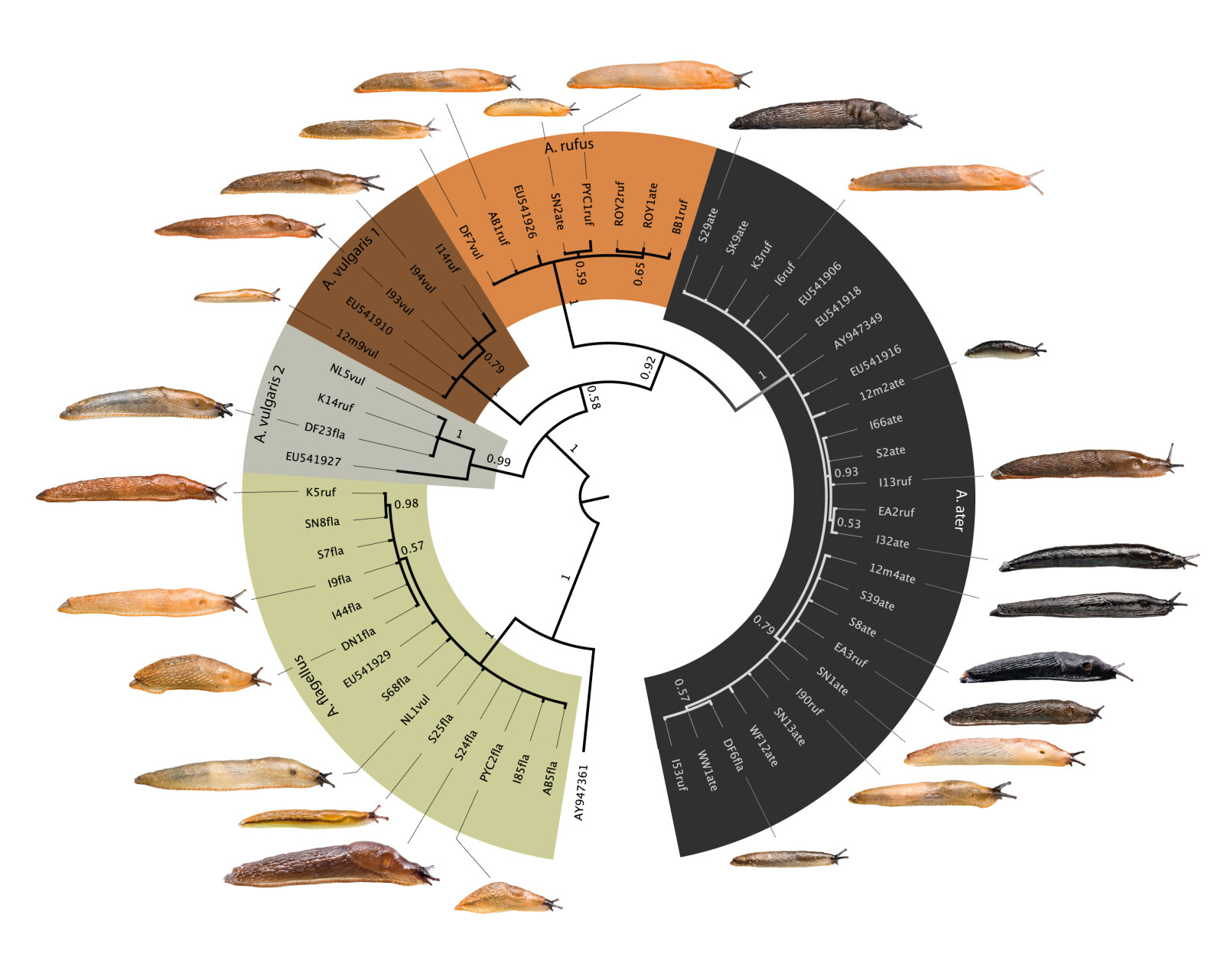
Molluscs are one of the largest groups of animals on Earth. They include snails, slugs, mussels, and octopuses and live in most terrestrial and aquatic habitats.
They have been collected and used throughout human history providing food, jewellery, pearls, dye, calcium, currency and medicine.
Amgueddfa Cymru holds the second largest mollusc collection in the UK. It contains over 2 million specimens and is regularly used by visitors and researchers from all over the world.
Collections
This global collection includes shells, soft bodies in alcohol, frozen DNA samples, Quaternary subfossils, slides, artefacts, and models. Some notable highlights are:
- The Melvill-Tomlin bequest of 1955 lies at the heart of the collection – it contains 85,000 lots and is rich in historical and type specimens.
- Landsnails and slugs from the UK, Europe, Madeira and North and East Africa (1980s–present).
- Bivalves from the UK, Indian Ocean, Red Sea, Arabian Gulf and the Gulf of Oman (1980s–present).
- The William Evans Hoyle cephalopod collection containing specimens from major expeditions including Challenger, Albatross and the British National Antarctic Expedition.
- The John Evans collection of Quaternary subfossils from archaeological sites across the UK.
Research
- Amgueddfa Cymru has undertaken collections-based scientific research on Mollusca for over one hundred years.
- Current specialisms are in three main areas: marine bivalves (link to systematics of marine Bivalvia), non-marine molluscs (link to systematics & diversity of terrestrial molluscs), and the history of mollusc collections (link to interpretation & dev of colls).
- Much of this work is taxonomic. For example, since 2000, the Museum has discovered and described over 70 new species and genera of Mollusca.
- Another major focus is the changing mollusc fauna of Wales, the UK and Ireland. The collections are the basis for several recent identification guides and are regularly used as a reference.
